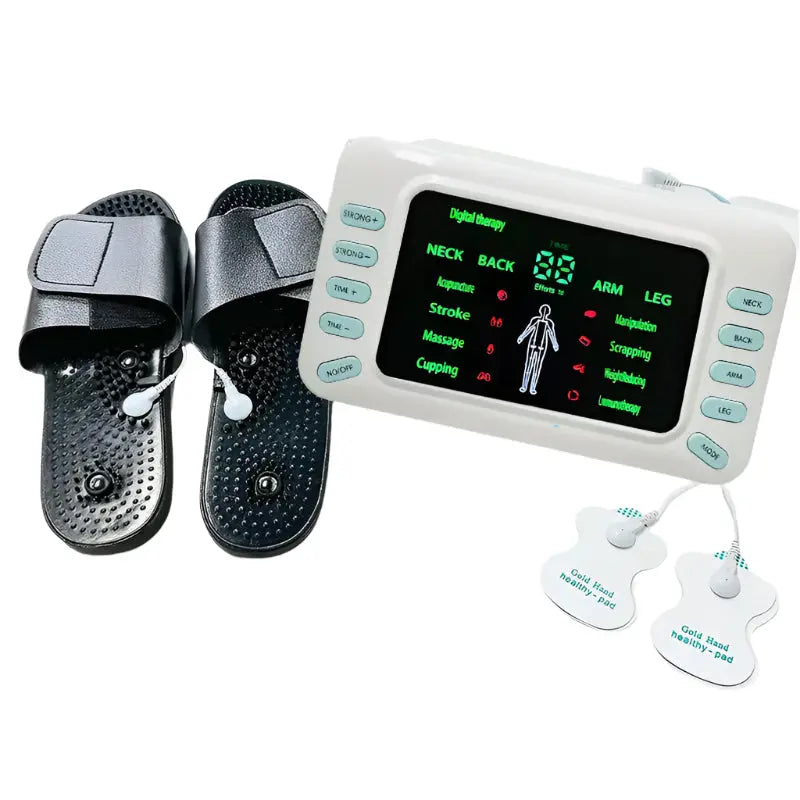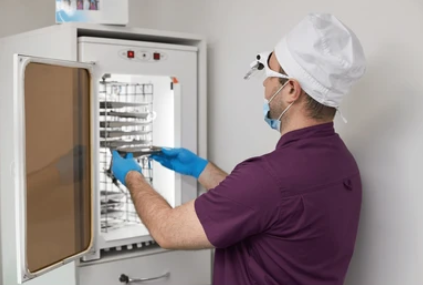Introduction
Surgical Site Infections (SSIs) remain one of the most serious post-operative complications, often leading to prolonged hospital stays, higher treatment costs, and, in severe cases, life-threatening outcomes. According to the World Health Organization (WHO), SSIs affect up to 11% of surgical patients globally.
The good news? Effective sterilization and sanitization practices in operating rooms can dramatically reduce infection risks, ensuring safer surgeries and faster recoveries.
At Berflow Health, we’re committed to promoting hospital-grade infection prevention tools from medical-grade sanitizers to sterilization equipment that protect both patients and healthcare professionals.
The Importance of Sterilization in Surgery
Sterilization is the foundation of infection control. It ensures that surgical instruments, drapes, and equipment are completely free from bacteria, viruses, fungi, and spores.
Common sterilization methods include:
-
Autoclaving: Uses pressurized steam to eliminate all microbial life.
-
Ethylene Oxide Gas Sterilization: Ideal for heat-sensitive medical devices.
-
Low-Temperature Plasma Sterilization: A modern, eco-friendly technique suitable for delicate surgical tools.
Proper sterilization minimizes contamination during critical procedures like orthopedic surgeries, organ transplants, and cardiovascular operations, reducing SSI rates and improving recovery outcomes.
Learn more about our range of autoclaves and sterilization devices for hospitals and clinics.
Role of Surgical Sanitizers and Disinfectants
Even with sterilized instruments, maintaining a clean surgical environment is crucial. Operating room sanitizers and disinfectants provide an extra layer of defense against infections.
Essential tools for infection prevention:
Hand sanitizers:
Reduce the transfer of germs during surgery. Alcohol-based solutions (minimum 60%) are recommended by the Centers for Disease Control and Prevention (CDC).
Surface disinfectants:
Eliminate microbes from surgical tables, monitors, lights, and other high-touch surfaces.
Air sanitization systems:
Reduce airborne pathogens, lowering the risk of contamination during procedures.
Together, these measures form a comprehensive protection system, ensuring patient and staff safety.
Explore our hospital-grade disinfectants and sanitizers to keep your clinical spaces spotless and safe.
Preventing Surgical Site Infections (SSIs)
Preventing SSIs starts with consistent adherence to hygiene protocols:
-
Proper hand hygiene before every procedure.
-
Use of sterile gloves, surgical masks, and disinfected instruments.
-
Cleaning and sterilizing equipment before and after each surgery.
-
Implementing air filtration and ventilation systems to minimize contamination.
Common infection culprits like MRSA, E. coli, and Klebsiella can be controlled effectively with strict compliance to sterilization and sanitization standards.
For best practices, refer to the CDC’s Guideline for the Prevention of Surgical Site Infection
Why Proper Sterilization Saves Lives
Effective sterilization and sanitization in operating rooms not only prevent infections, but they also:
-
Improve patient recovery rates
-
Reduce hospital readmissions
-
Lower treatment costs
-
Enhance overall surgical outcomes
For hospitals and clinics, investing in modern sterilization tools and reliable sanitization products is an investment in patient safety and trust.
Conclusion
Protecting surgical patients begins long before the operation; it starts with sterile instruments, sanitized hands, and disinfected environments. With the right sterilization protocols and surgical sanitizers, hospitals can significantly reduce SSIs and improve recovery outcomes.
At Berflow Health, we supply trusted sterilization equipment, disinfectants, and PPE designed to meet international healthcare standards because every patient deserves a safe surgery.





